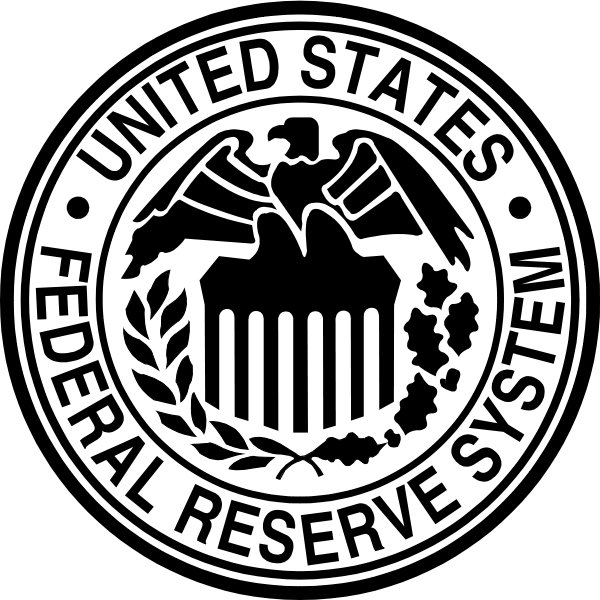Ever since former U.S. Federal Reserve Chairman Ben Bernanke announced the tapering of the Fed's current bond-buying program in December, the release of the Federal Open Market Committee (FOMC) meeting minutes have been unsurprising and awash in technical central-banker jargon.

It's followed the same pattern each time: the Fed will have its meetings, release a statement, and then three weeks later they will release the minutes of that meeting as per Fed protocol.
Typically, it does little but reinforce what is already known. We know interest rates will be low for a "considerable" period, we know the end of the two-year bond-buying program known as the third round of quantitative easing (QE3) will end this month, and we know current chairwoman Janet Yellen is going couch this all in complex Fedspeak.
And while these minutes may not reveal anything new to Fed observers, the nation's central bank is at a crucial moment.
In Sept. 2012, Bernanke first announced that to help a slow-growth, post-recession economy, the Fed would loosen its already accommodative monetary policy by undergoing QE3.
QE3 was a program where the central bank would buy up $45 billion dollars in long-term U.S. Treasury debt, and $40 billion of agency mortgage-backed securities, to help push down long-term interest rates and hopefully kick the economy into gear.
The combined $85 billion-a-month regimen continued until Dec. 2013, when Bernanke first announced the taper. The Fed planned to trim the program by $10 billion - $5 billion in Treasurys, and $5 billion in MBS - so that the monthly purchases would fall to a pace of $75 billion a month.
With each Fed meeting to follow, another $10 billion was cut, at the judgment of the Fed who saw the shrinking unemployment numbers as an indication that the economy was picking up steam.
When Yellen stepped in earlier in the year, she continued the pace of the taper, and minutes from earlier meetings revealed that the last $15 billion would be cut at the end of the October meeting.
Here's why these minutes are important, if for no other reason than the timing of them...
What to Look Out for in Today's FOMC Minutes
The Fed balance sheet has been, in recent weeks, shrinking. But not at a pace significant enough to even make a dent in the $4.5 trillion currently held in reserves.
Since QE3 began, the Fed has grown its balances from $2.9 trillion to $4.5 trillion. U.S. Treasury securities have swelled from $1.7 trillion to $2.5 trillion, and MBS have grown from $843.7 billion to $1.7 trillion.
No doubt this has been a massive expansion of the Fed balance sheet.
And while the Fed has routinely fallen back on the ailing housing market and the elevated unemployment rate to justify the swelling of its books, it is still signaling that those conditions have stabilized enough for them to turn off the easy money spigot in ending QE3.
However, the last pillar of accommodative monetary policy remains: the near-zero interest rates the Fed has overseen since December 2008.
This is where everyone is focused now. And while Fed observers have been trying to shed light on the timing of interest rate hikes for a while now, the onus will now be on the Fed to come clean on its timeline.
While the Fed minutes release this afternoon may not bring us closer to pinpointing this elusive time frame - Yellen is well aware of the markets' sensitivity to Fed releases - it will give us a better glimpse into the thinking of the Fed.
The last meeting was important because it revealed that not only did interest rate hawk Charles Plosser, president of the Federal Reserve Bank of Philadelphia, object to the policy recommendations of the Fed, but he enlisted another member to the ranks of defector.
Federal Reserve Bank of Dallas President Richard Fisher "believed that the continued strengthening of the real economy, improved outlook for labor utilization and for general price stability, and continued signs of financial market excess, will likely warrant an earlier reduction in monetary accommodation."
It seems the calls of the Fed hawks are getting a bit louder, and any indication that future Fed guidance will change, such as by dropping the "considerable time" phrase in regards to the next interest rate hikes, will make this minutes release all the more important.
And while it may not provide this glimpse into the Fed's hawk-dove split, the ending of QE3 signals that it should be the last minutes release where the interest rate issue is conveniently buried in Fedspeak.
More on Rising Interest Rates: Here's what rising interest rates really do to your shares. What you've been hearing from the pundits is all wrong...
[epom key="ddec3ef33420ef7c9964a4695c349764" redirect="" sourceid=""]


